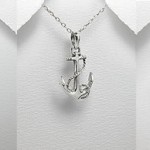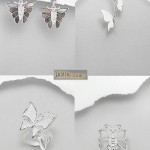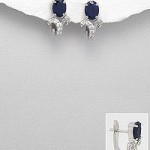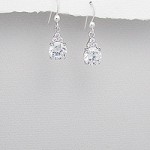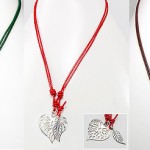Amber is a well known fossil resin that passed through time. There arenumber of change occur during amber processing production. So far, the oldest amber has been recorded at 345 million years old. The oldest one that contained an inclusion in its body was aged about 146 million years ago.
Amber has been used as jewelry or decoration items for thousands of years. It isnatural product, nature made product and human do notice about its presence. Therefore, there are lots of items that used amber as its part for the purpose of decoration. You can see from the present of amber in necklaces, bracelets, brooches, earrings, rings, pendants and etc.
The process for amber production is taking a long time, for processing. Therefore, the product during the process called copal has been used recently as amber, which actually not the real amber. Copal is a “young resin”, also from the ancient treesbut the polymerization is not yet completed. It is always much younger than real amber and still has some character that is unlike amber, for example its density. Copal is generally less dense than amber.
To determine whether the piece in your hand is amber or copal, here are some tips for you.
1. The hot point test – this test is performed using a very hot needle and put it into the amber. The real amber will create a piney smell or resinous burnt smell while the fake one can have electrical, plastic smell instead. However, this method will damage your pieces which is not really a suitable method for most people.
2. Acetone test – this test is based on the use of acetone, an odoriferous chemical reagent. Acetone isgeneral component for nail polish reagent but can’t really react with the real amber. Copal will react with acetoneand it will show sticky surface after acetone application on its surface. Plastic can dissolve directly with acetone, therefore, you can tell the different between real amber and fake amber within this acetone application.
3. Fluorescent test – the real amber can always fluorescent. When the ultraviolet (UV) light is illuminated on the amber, it will fluorescent directly. The common colors you can see from these real ambers are yellow, green, blue and orange. The intensity of each piece will be varied according to amber composition. If you have a black light, just shine the light to the stone and see whether the stone is shine or not. This is the most popular method foramber test.


